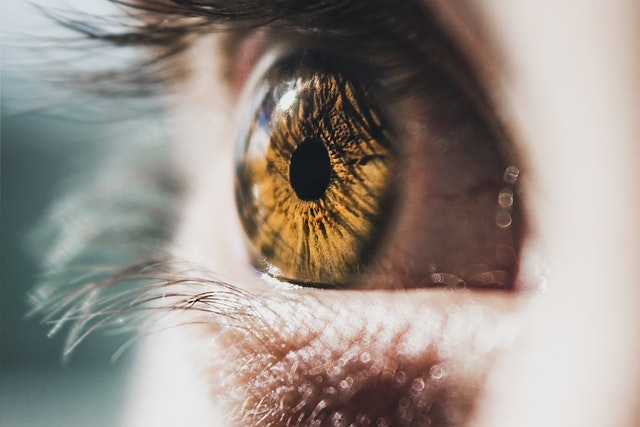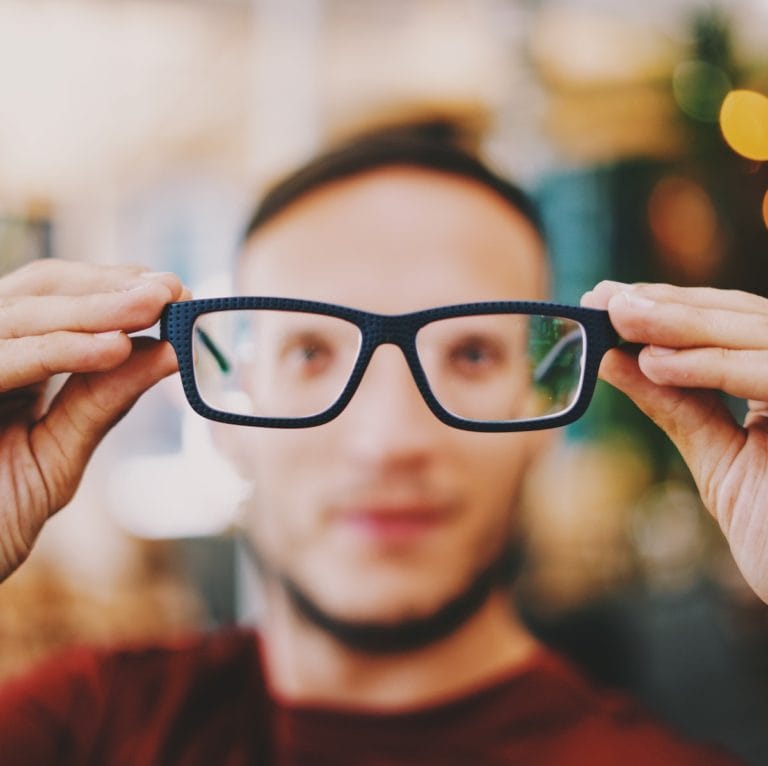Hypertropia Awareness: What You Need To Know
Hypertropia is a type of strabismus or misalignment of the eyes; that is when a person has one eye that is turned upwards while the other eye looks in the right direction. Normally the eyes work together and move together. However, sometimes eyes move separately. If they move in different directions from one another, this can cause vision problems. Hypertropia is most common in children although adults can develop it. It is the rarest of the strabismus conditions and affects about 1 in 400 children.
Jacqueline Gattegno, a Smart Vision Behavioural Optometrist at Eyes InDesign Bondi states the importance of raising awareness of Hypertropia as very few people know about this condition. Even though it is uncommon, it is still important for people to know the symptoms, causes and treatments.
Hypertropia is caused by an imbalance in the eye muscles, which means they will often not work together. The most common cause of this is weakness or ‘palsy’ in the nerves of the brain that control eye movements. People who suffer from Hypertropia are usually born with the condition but it can also be developed later in life due to a stroke, eye injury, thyroid disease or neurological disorders. “The symptoms can be hard to detect because in some cases they are permanent and in others they appear from time to time when stressed or tired,” says Jacqueline. The most common symptoms include; eye wander (one or both eyes will wander up towards the ceiling), double vision, head tilt, eye strain and headaches.
Hypertropia is normally detected with an eye exam and other specialised tests. With children it is often noticed in the first instance by their local doctor or paediatrician; their eyes won’t be straight and they often tilt their head. “Children should have regular screening during their baby check-ups, especially if there is a family history of the condition. It is important to diagnose early on to ensure the child does not develop lazy eye syndrome,” says Jacqueline.
There are ways to treat Hypertropia. The main goal is to align both eyes and make sure that vision is clear in both. Treatments include; glasses (wearing glasses with special prisms could potentially correct vision problems), an eye patch (this is worn over the strong eye to try and strengthen the weak one) and vision therapy (eye exercises that will be performed everyday along with other treatments).
If there is a risk of Hypertropia or if symptoms are occurring, it is important to book an appointment with a Smart Vision Behavioural Optometrist so that the condition can be detected early and a unique vision wellness plan can be started to avoid the situation from getting worse. If the Optometrist believes that surgery might be needed to rectify the situation, they would refer the patient to an Ophthalmologist. However, it is important to note that surgery is really a last option when other treatments have not been successful.
Smart Vision Optometry clinics are located in Sydney. Book a Smart Vision Comprehensive Vision Skills Assessment or Advanced Eye Health Test for any child or adult by calling the Mosman clinic (02) 9969 1600 or the Bondi clinic (02) 9365 5047. Alternatively, book an appointment online.
Written and syndicated by YDMA News.







